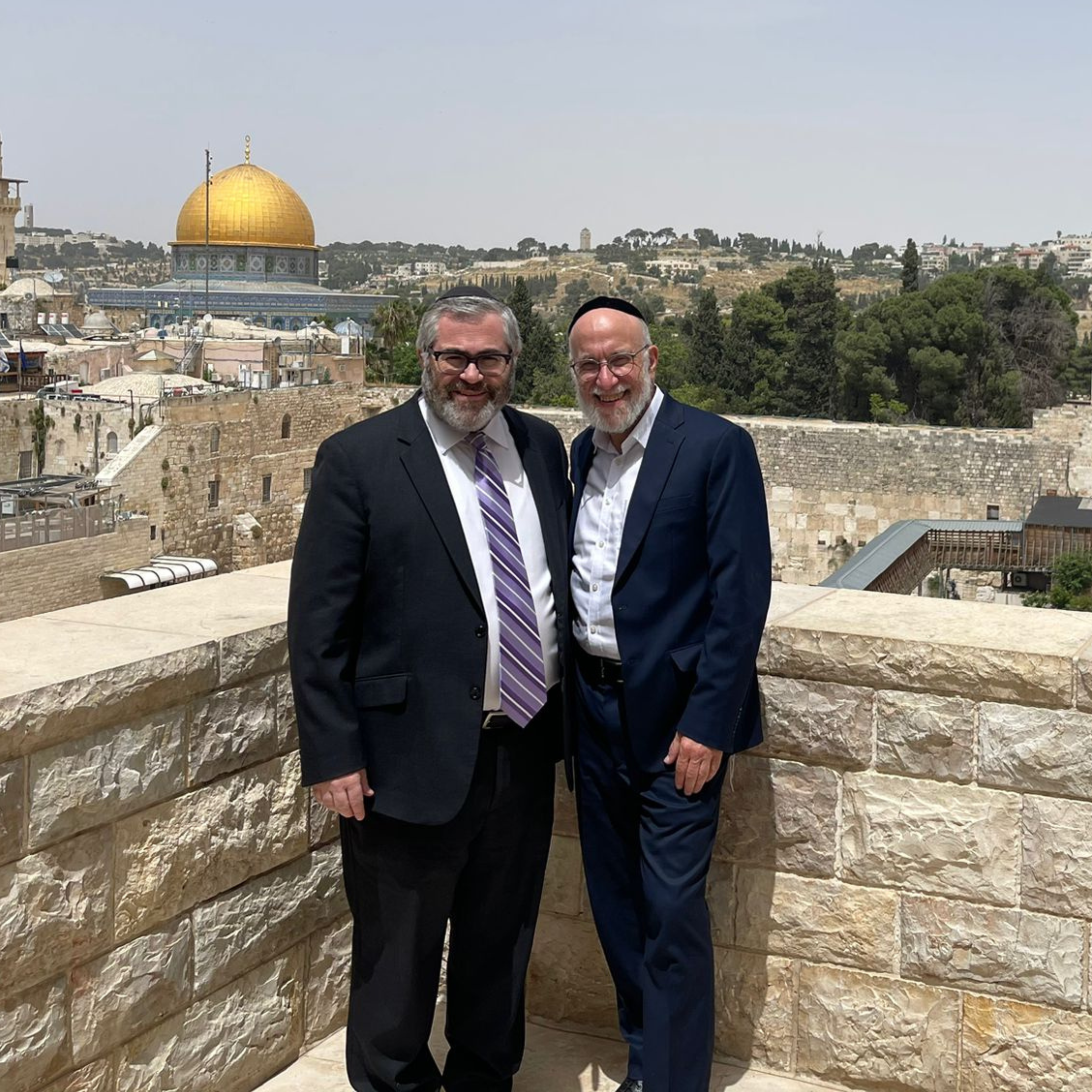I appreciated reading Rabbi Jachter’s collection of explanations last week for the mitzvah at the end of the parsha (“TABC Talmidim Demystify the Egla Arufa,” September 1, 2022). I have another explanation, which I would like to share.
To begin this explanation, I would like to raise a strange Rashi at the end of the parsha. The very last pasuk states ואתה תבער הדם הנקי מקרבך, “you shall cleans the innocent blood from your midst,” and Rashi learns from this that if the eglah arufah ceremony was performed, and then subsequently the murderer was found, the murderer is still to be executed. This raises the question: Why would we believe the murderer might not be punished just because we performed this ceremony? Certainly if the purpose of the ceremony is (as the Moreh Nevuchim and Chizkuni suggest) to help catch the murderer, we would not consider that we perform this ceremony to help catch the murderer and then allow him to go free.
Having brought up the matter of executing the murderer, we may ask why we even do so in the first place. Having already lost one member of klal Yisrael, what purpose is served by now losing another? Couldn’t a goal of deterrence be achieved via some lesser punishment?
In order to answer these questions, we may look at the Gemara (Sotah 47b and Kesuvos 37b; thank you to Sefaria for providing the relevant cross-references), which brings another source for this same halacha: Near the end of Parshat Masei, the Torah states ולארץ לא יכפר לדם אשר שפך בה כי אם בדם שפכו: The land, polluted by the spilling of innocent blood, cannot be “atoned for”’ except via the death of the individual responsible. (Tosfos in Kesuvos challenges Rashi’s decision to use the pasuk from our parshah instead.)
This then explains why we require the death penalty for a murderer: It is not a mere issue of deterrence via fear of punishment. Rather, the act of murder is endowed by the Torah with a mystical defiling aspect that is so great that it can only be cleansed by punishment in kind. It is this mystical aspect, and the worldview and value system that it implies, that is to serve as a tremendous deterrent against such a heinous crime, not a simple fear of being executed in retribution.
This, however, raises the issue: If this defilement can only be cleansed via the death of the murderer, what is to be done if this cannot be achieved because the identity of the murderer is unknown? The land cannot be permitted to remain in its polluted state, but for this state to simply vanish in such a case would weaken the worldview that the Torah is creating via its declaration of ולארץ לא יכפר לדם אשר שפך בה כי אם בדם שפכו. Thus, there must be a ritual to cleanse the land in such a case, in order to resolve this mystical aspect of the murder without trivializing it.
Indeed, the end of the ritual focuses on the “atonement for” the blood of the victim. I would therefore suggest that it is this service to the mystical aspect, and to the worldview that the Torah intentionally creates, that is the primary purpose of this ritual, rather than the practical considerations raised by the Moreh Nevuchim and the Chizkuni.
And now we can understand why we might think that, after this has been done, the murderer is not to be executed. If the purpose of executing the murderer is to cleanse the land, and the land has already been cleansed by the egla arufa ritual, then should we not allow a fellow Jew to live (perhaps with some other punishment)? To this, the Gemara emphasizes that the “atonement” provided by the egla arufa is partial, and full cleansing still requires the death of the murderer. Likewise, whatever source Rashi is quoting (for I am certain there is some midrash he is relying on to use our pasuk as this source) is reading this final pasuk, after the egla arufa ritual, to emphasize that even after the ritual there is still a need to cleanse the innocent blood via the execution of the murderer, if and when that proves possible.
As frum Jews, we often focus, as we should, on the details of the mitzvot from a purely legalistic perspective. It is important not to forget that the mitzvot also serve, as exemplified in the case of egla arufa, to promote a larger worldview and set of values that should guide our behavior even beyond the strictures of the specific mitzvah that may be promoting a particular aspect.
Yitzhak KornbluthTeaneck











